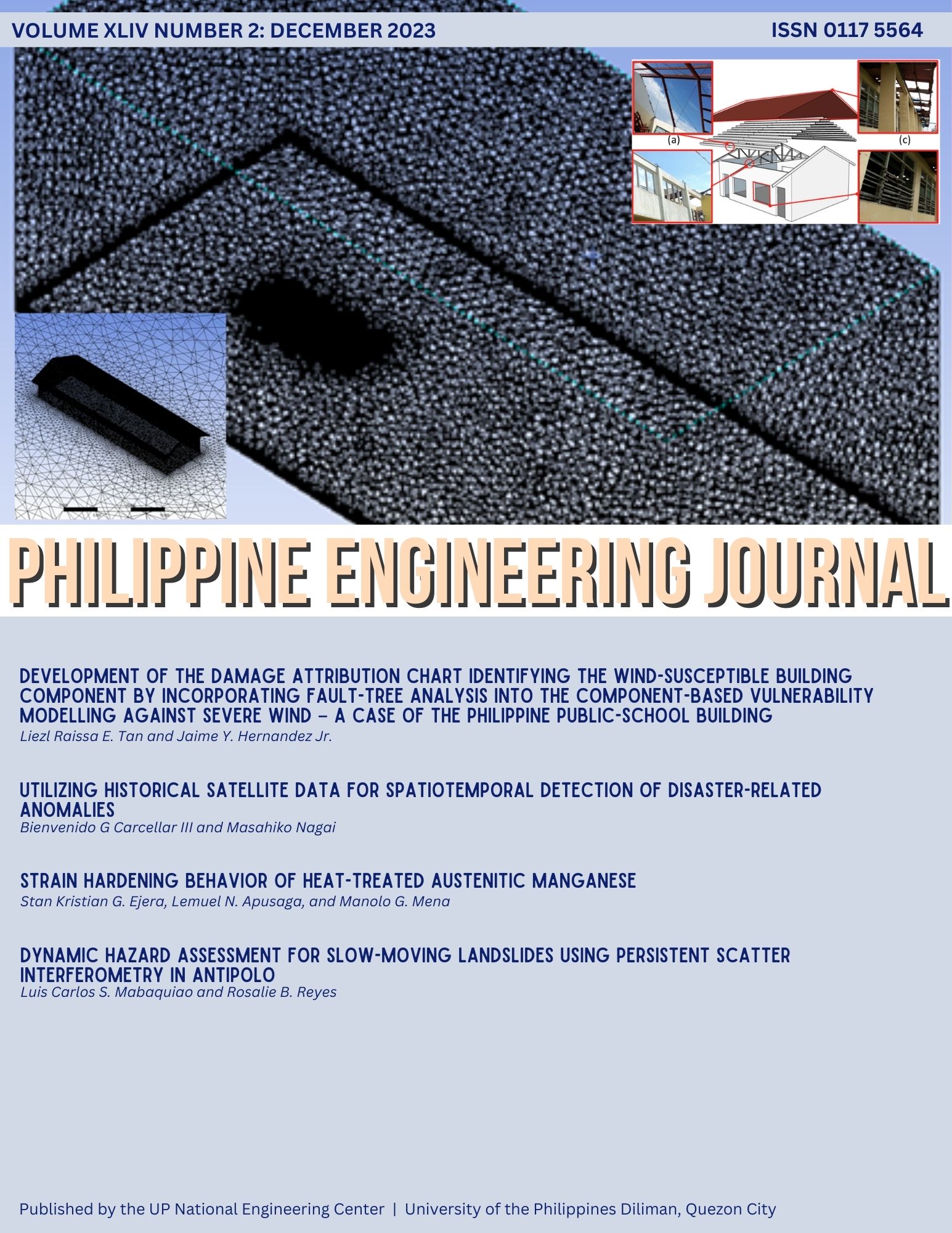Utilizing Historical Satellite Data for Spatiotemporal Detection of Disaster-related Anomalies
Abstract
With the increasing accessibility of historical satellite datasets and the emergence of satellites with higher temporal resolution, the geospatial community faces the challenge of effectively utilizing this wealth of past information. This research aims to leverage this high temporal resolution satellite dataset to uncover long-term patterns in historical satellite data, particularly in urban areas impacted by disasters. The study focuses on baseline modelling and anomaly detection of VIIRS SNPP day/night bands VNP46A1 and VNP46A2. Preprocessing and transformation of satellite images into a pixel-based time series dataset were performed, followed by progressive harmonic modelling using one-year lag data and three-month progression parameters to generate baseline models. Subsequently, anomaly detection was conducted using fbprophet, with an optimal value of 120-day time lag used to calculate the interval width. The algorithm successfully detected anomalous values, which were then mapped and correlated with significant events occurring in the selected study areas, including severe flooding and earthquakes. The results demonstrated the algorithm’s capability to extract valuable information from large historical satellite dataset and highlight its potential for real-world applications.
Keywords: Nighttime Light; Disaster Mitigation; Anomaly Detection; Time Series Analysis


